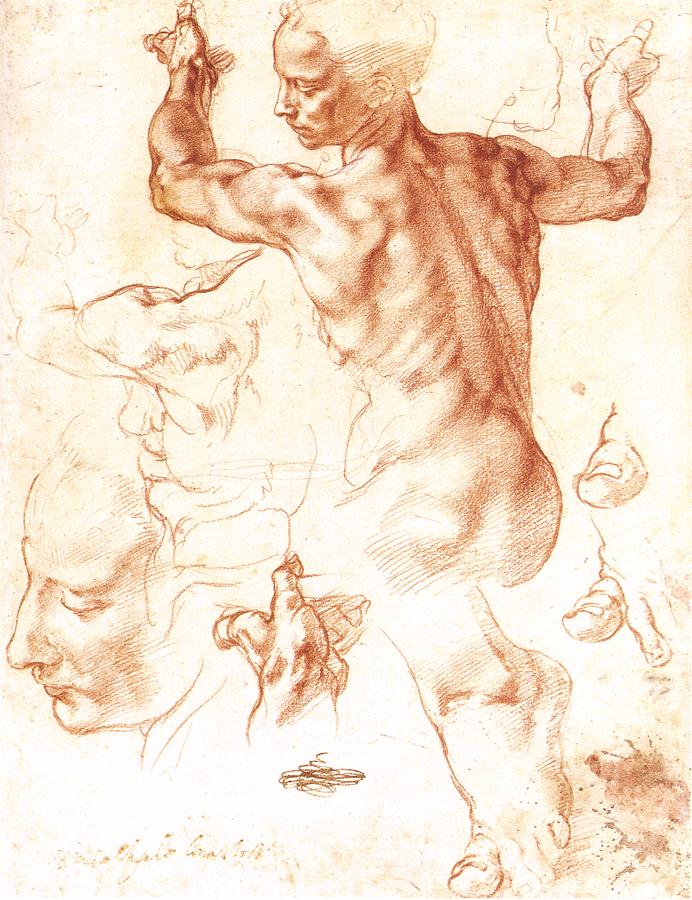Jeff Stephenson, Zoology Collections Manager, was our guide and mentor. He's a fountain of knowledge about the collection at DMNS, has a great sense of humor, and was able to accommodate all the requests of the gathered artists, having located us. Mounted hawks, coots, ptarmigans, blue jays, road runners and other species were brought to our table, as well as study skins for requested species and full skeletons of a macaw and a variety of other birds. The skeletons were favorites of several artists, and provided us with a chance to really understand the underlying mechanics of birds. And bones are fun to draw!
Check out the pictures below. If you would like to attend the next RMSBA meeting at DMNS on March 7, 10 AM to 12 PM, contact Carol Ferguson HERE. There are two places available in March. Guidelines for attendees are:
1. We will be able to draw from 10:00 AM to 12:00 PM, which includes some introductory words and a brief tour from Jeff, so drawing time is about 1.5 hours.
2. Please enter the museum through the Staff and Volunteer's Entrance, which is the single door on the north side of the building. Look for the flag pole and the bronze wolf sculpture. We will gather at in front of the Gift Store after checking in through the Security Station.
3. No Food is Allowed and only water in a container that can be resealed may be brought into the work area.
4. No necklaces.
5. It is OK to use the media of your choice, i.e. water color, pen, color pencil, pastels, etc.
Julie, Heidi and Cyndi checking out specimens, with a roadrunner in the foreground, a macaw skeleton on the right, and a parrot in the center.
Karen appears to have drawn a couple of spectators, skeletal and feathered
Lynne, Sharon and Carol hard at work
Heidi, Cyndi, Libby and Dorothy working with specimens at the large table.
Lark Bunting, graphite and colored pencil, by Julie Terry
After Jeff introduced us to the specimens and the DMNS collection, we got our materials and specific specimens, and had about 80 minutes to draw. Most artists were working on recording identifying features, such as foot arrangements (3 toes forward, one back in most songbirds for example, two toes forward and 2 back for arboreal birds who feed on trees, like macaws and flickers), feathering patterns and "standard" bird anatomy. Look for the drawings to appear in March in our Drawing a Day adventure. And don't forget to submit your images for publication on the blog during the entire month of March. Each day will have drawings, words and inspirational tidbits for you to embrace drawing as a daily event in your life! Click HERE to submit drawings for our March madness!













